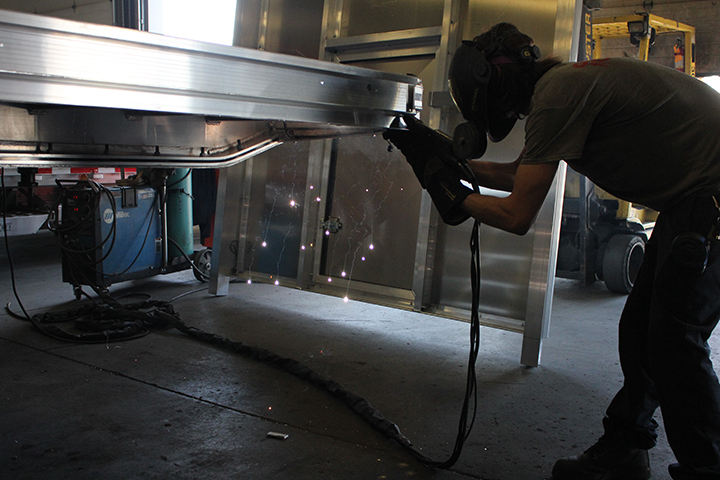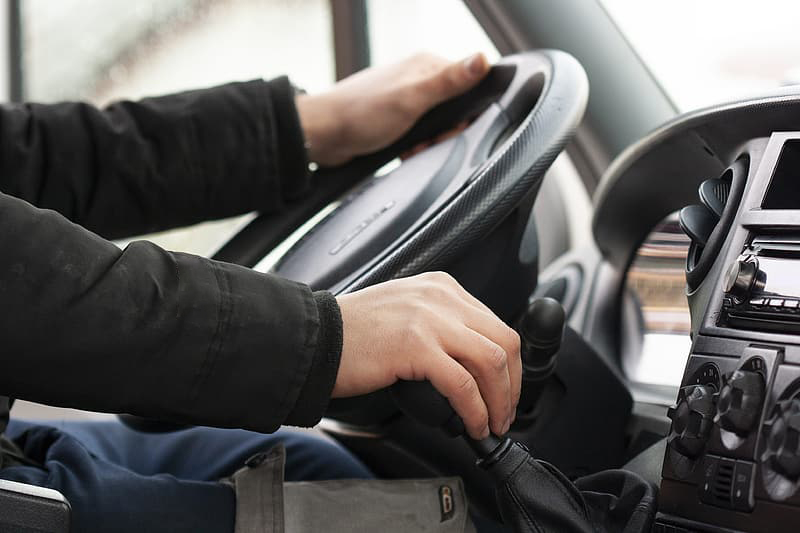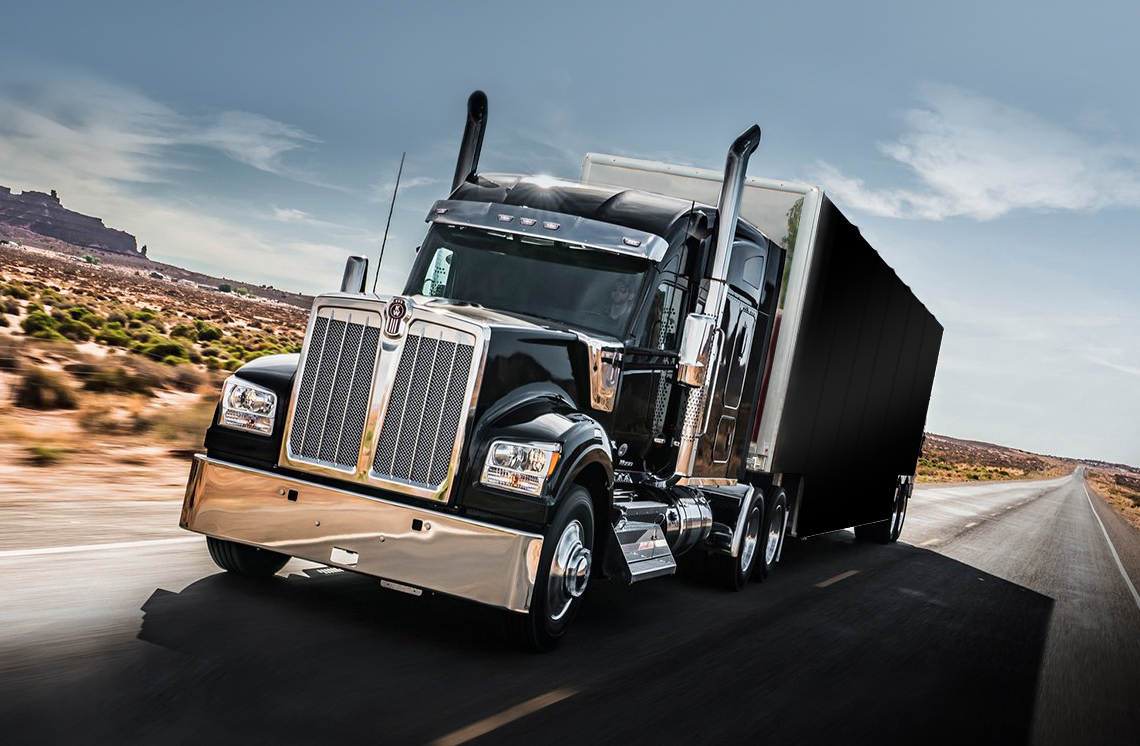
On May 25, 2021, a bipartisan bill, The Cullum Owings Large Truck Safe Operating Speed Act, was introduced in the U.S. House of Representatives that would require speed limiters on certain commercial motor vehicles. The measure would use the speed limiters to set a truck’s maximum speed at 65 mph or 70 mph with adaptive cruise control systems. Automatic emergency braking systems would be required as well.
In one form or another, the speed limiter rule has been under consideration for more than a decade. The proposed legislation has been referred to a committee of jurisdiction for consideration.
“THOSE IN FAVOR...”
In early March 2021, the American Trucking Associations (ATA) and safety group Road Safe America sent a letter to the U.S. Transportation Secretary Pete Buttigieg. The letter called for transportation officials to implement a rule requiring speed limiter devices on all new commercial motor vehicles with a gross weight of 26,000 lbs. The letter also suggested mandated maximum speed limits of 60, 65, or 68 mph for vehicles with speed limiters.
Advocates for the bill state that the differences between cars and trucks are compounded, and the danger increases when higher speeds are involved. Advancements in truck safety technology have made the idea of different speeds for different vehicles a safe possibility, the ATA contends.
The new legislation has been endorsed by the Truckload Carriers Association, Road Safe America, The Trucking Alliance, The Institute for Safer Trucking, The Safe Operating Speed Alliance, and the AAA.
“THOSE WHO OPPOSE...”
Not everyone is in favor of this legislation, however. The Owner-Operator Independent Drivers Association (OOIDA) has opposed speed limiters for a long time. The OOIDA feels that speed limiters make highway driving unsafe for all vehicles, not just trucks.
Creating a speed differential through the use of limiters, they argue, increases the number of interactions between drivers and four-wheelers, increasing congestion and ultimately leading to more crashes. It also limits a driver’s ability to pass traffic safely and makes it challenging to accommodate merging traffic at entrance ramps or to merge safely themselves.
The OOIDA also believes the legislation would give an unfair advantage to larger fleets and carriers. Small trucking businesses are able to operate at speeds individual states have deemed safe, often above 65 mph. This ability can help in saving time and money for owner-operators and smaller fleets.
| Search Our Tarps |
If you have any questions about our Tarping System, load securement, or truck and trailer accessories? Don't hesitate! Our specialized sales team is here to answer any questions you might have. That is why our motto is 'Running Through Walls'. Call today: 1-877-999-8277
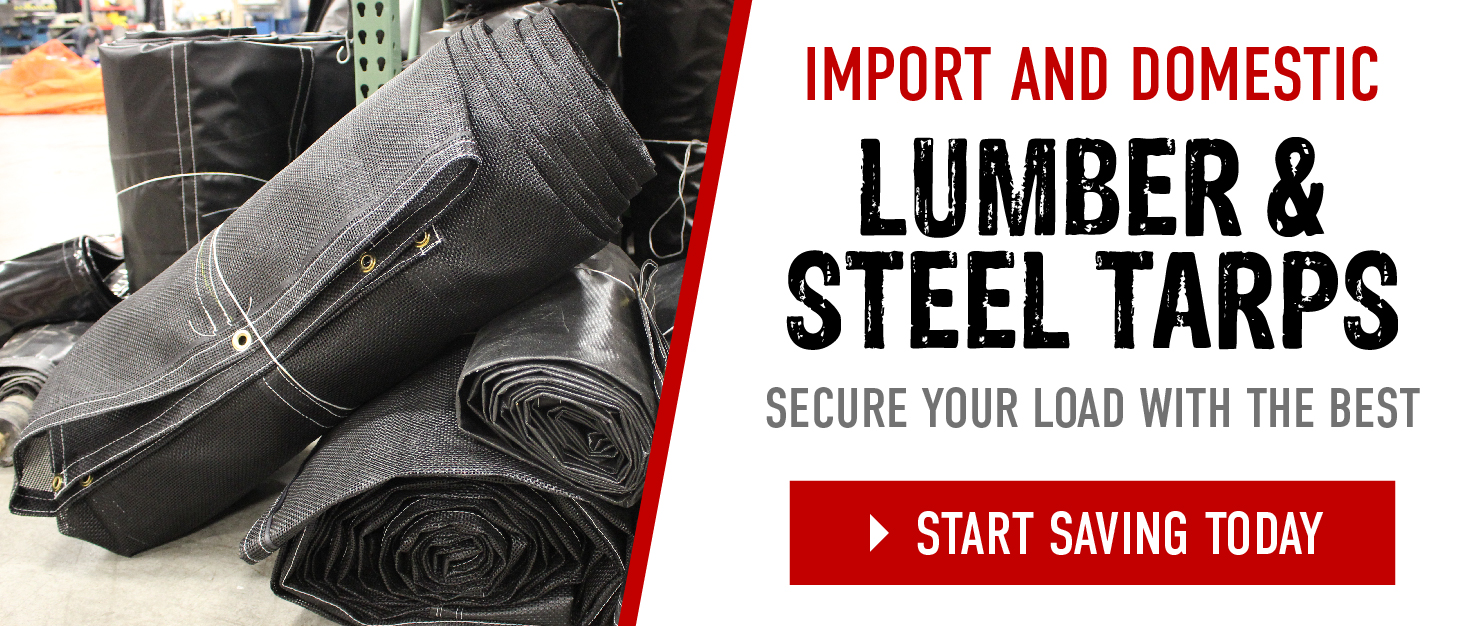 |
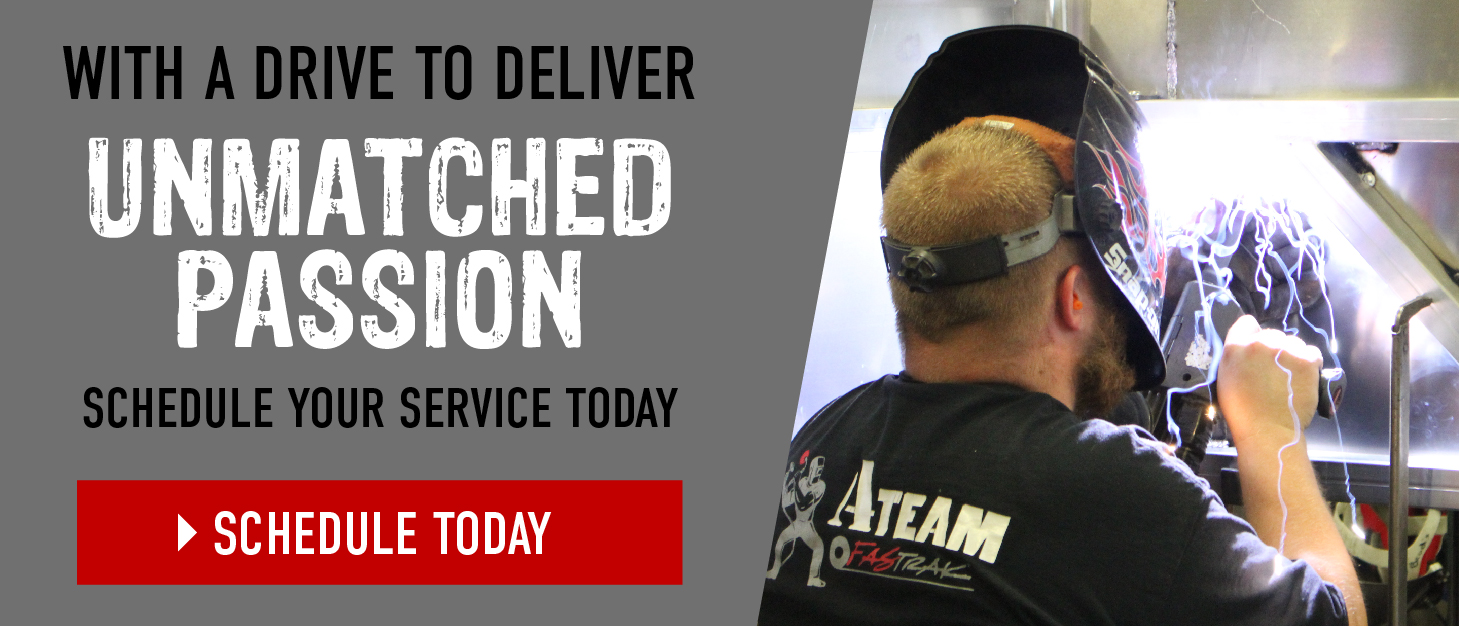 |


